Understanding the Differences Between Mid-Cap and Large-Cap Investments
Introduction
Investors often weigh the benefits of mid-cap and large-cap stocks when constructing portfolios, as market capitalization plays a crucial role in shaping investment strategies. Mid-cap stocks offer higher growth potential but come with increased volatility, while large-cap stocks provide stability and consistent returns. Understanding the key factors influencing their performance, including economic conditions, sector trends, and institutional investment patterns, helps investors optimize their allocations for long-term success.
Characteristics of Mid-Cap Stocks
Mid-cap stocks offer significant growth potential and expansion opportunities, making them attractive to investors seeking higher returns. These companies typically have market capitalizations between $2 billion and $10 billion, positioning them between small-cap and large-cap stocks. Mid-cap firms often experience rapid revenue growth as they expand market share and develop new products. Businesses such as CrowdStrike CRWD and Roku ROKU exemplify this trend, leveraging innovation and strategic acquisitions to strengthen their competitive positions.
Market volatility and risk factors are inherent in mid-cap stocks due to their evolving business models and industry dynamics. These stocks tend to be more volatile than large-cap equities, as they are still establishing stability in their respective markets. Economic downturns and sector-specific disruptions can impact mid-cap stock valuations, requiring investors to assess financial health and growth prospects carefully. Historical performance trends indicate that mid-cap stocks have outperformed large-cap stocks during periods of economic expansion. Their ability to adapt to market shifts and capitalize on growth opportunities contributes to their strong returns. Mid-cap indices, such as the S&P MidCap 400, have demonstrated resilience and long-term appreciation, reinforcing their appeal for investors seeking diversification.
Sources:
Finance Strategists
Accounting Insights
Forbes
Characteristics of Large-Cap Stocks
Large-cap stocks are recognized for their stability and financial strength, making them a cornerstone of diversified investment portfolios. The companies’ ability to generate steady earnings allows them to reinvest in growth while maintaining financial resilience. Businesses such as Microsoft MSFT and Johnson & Johnson JNJ exemplify this stability, leveraging their market leadership to sustain long-term profitability. Dividend payouts and shareholder value creation are key attributes of large-cap stocks. Many of these companies prioritize returning capital to investors through regular dividend distributions, reinforcing confidence and financial security. Stocks such as Coca-Cola KO and JPMorgan Chase JPM have historically maintained strong dividend yields, making them attractive for income-focused investors.
Large-cap stocks exhibit defensive characteristics during economic downturns, providing stability when market conditions fluctuate. Their established market presence and strong financial health enable them to withstand recessions better than smaller companies. Investors often turn to large-cap stocks as a safeguard against volatility, relying on disciplined stock selection and risk management principles. Companies in sectors such as healthcare, consumer staples, and finance have historically demonstrated strong defensive traits.
Sources:
SmartAsset
MarketBeat
Finance Strategists
Investment Strategies for Mid-Cap and Large-Cap Stocks
Portfolio allocation techniques play a crucial role in balancing mid-cap and large-cap investments. Investors often diversify their portfolios by allocating capital across both categories to optimize returns while managing risk. Mid-cap stocks offer higher growth potential, while large-cap stocks provide stability and consistent earnings. A well-structured portfolio may include companies such as CrowdStrike CRWD for mid-cap exposure and Microsoft MSFT for large-cap stability, ensuring a balanced approach to market fluctuations.
Balancing risk and reward in mid-cap vs. large-cap investments requires careful analysis of market conditions and financial metrics. Mid-cap stocks tend to perform well during economic expansions, offering rapid growth opportunities, while large-cap stocks thrive in stable environments, providing defensive characteristics. Investors should assess factors such as price-to-earnings (P/E) ratios, revenue growth rates, and dividend yields before making allocation decisions. Companies like Roku ROKU and JPMorgan Chase JPM exemplify contrasting investment approaches. Expert insights emphasize the importance of maintaining a diversified portfolio that integrates both mid-cap and large-cap stocks. While mid-cap stocks may offer higher returns, they come with increased volatility, requiring strategic risk management. Large-cap stocks provide steady income and lower price fluctuations, making them ideal for conservative investors.
Sources:
Money Under 30
Investopedia
VanEck
Market Trends and Performance Comparison
Historical performance data highlights the shifting dynamics between mid-cap and large-cap stocks. Over the past decade, large-cap stocks have generally outperformed mid-caps, benefiting from institutional investment flows and economic stability. However, mid-cap stocks have historically delivered stronger returns over longer periods, particularly in expansionary market cycles. The S&P MidCap 400 has demonstrated resilience, outperforming large-cap indices over 20- and 30-year horizons. Economic conditions play a crucial role in shaping investment preferences between mid-cap and large-cap stocks. Interest rate policies, inflation trends, and GDP growth influence investor allocations. Large-cap stocks tend to perform well in low-volatility environments, while mid-caps thrive during periods of economic expansion.
Sector-specific trends and institutional investment patterns further differentiate mid-cap and large-cap stocks. Technology and consumer discretionary sectors typically dominate mid-cap investing, while financials and consumer staples are more aligned with large-cap strategies. Institutional investors often rotate between these categories based on economic cycles, favoring mid-caps during growth phases and shifting to large-caps in uncertain times. Companies such as PayPal Holdings PYPL exemplify mid-cap growth potential, while JPMorgan Chase JPM represents large-cap stability.
Sources:
Investopedia
FasterCapital
Longtermtrends
Future Outlook and Predictions
Mid-cap and large-cap stocks are expected to follow distinct trajectories based on market conditions and investor sentiment. Analysts predict that mid-cap stocks may gain traction as economic uncertainty persists, with investors seeking undervalued opportunities and growth potential. Conversely, large-cap stocks could continue to dominate in sectors driven by institutional investment and defensive positioning. Emerging market forces are shaping investment strategies, influencing the performance of mid-cap and large-cap stocks. Technological advancements, regulatory shifts, and evolving consumer preferences are driving changes in market dynamics.
Companies focused on AI, fintech, and sustainable energy are disrupting traditional industries, creating new opportunities for mid-cap investors. Economic indicators play a crucial role in determining the future of mid-cap and large-cap investing. Inflation trends, interest rate policies, and global trade agreements impact stock valuations and investor allocations. The Federal Reserve’s monetary decisions will influence borrowing costs, affecting corporate profitability and stock performance.
Sources:
Hennessy Predicts 2025 Will Be Good Year For Mid-Cap Stocks
Three reasons why it may be a mid-cap sweet spot
Beyond the Giants: Exploring the Potential of Small- and Mid-Cap Stocks
Conclusion
Mid-cap and large-cap stocks each offer unique advantages, catering to different investment strategies and risk profiles. Mid-cap stocks provide higher growth potential but come with increased volatility, while large-cap stocks offer stability, financial strength, and consistent returns. Investors must assess economic conditions, sector trends, and financial metrics to optimize portfolio allocations. A diversified approach incorporating both mid-cap and large-cap stocks can enhance long-term returns while mitigating risk.
Expert Analysis
Strategic Insights on Mid-Cap vs. Large-Cap Investing
Mid-cap stocks offer higher growth potential but come with increased volatility, making them ideal for investors willing to take calculated risks. Large-cap stocks provide stability and consistent returns, making them a preferred choice for conservative investors. A diversified portfolio incorporating both strategies can optimize long-term gains while mitigating risk exposure. Investors should assess market trends and economic indicators to refine their investment approach.
📌Read More About:
Top Large Cap Stocks- https://stockbossup.com/pages/topics/large-cap
What Are Large US Cap Stocks?- https://stockbossup.com/pages/post/39045/understanding-large-us-cap-stocks-and-their-market-influence
What Percentage of the Market is Large Cap?- https://stockbossup.com/pages/post/39124/what-percentage-of-the-stock-market-is-large-cap-market-breakdown-and-investment-insights
Should I Invest in Large Cap or Mid Cap?- https://www.stockbossup.com/pages/post/38827/large-cap-vs-mid-cap-stocks-which-is-the-better-investment
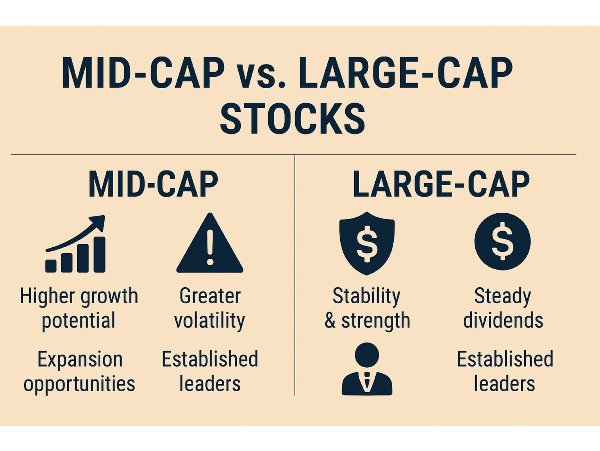

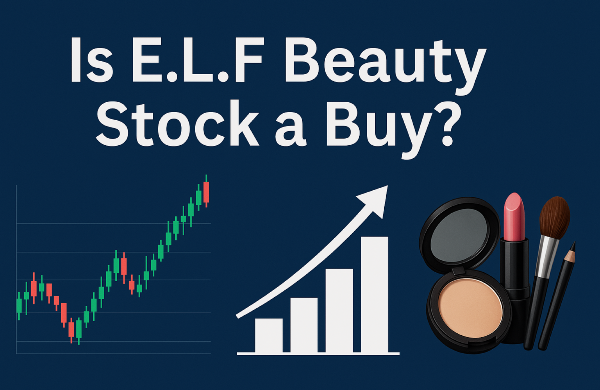
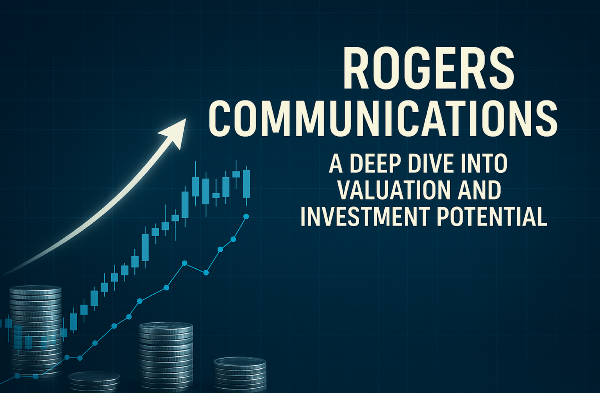
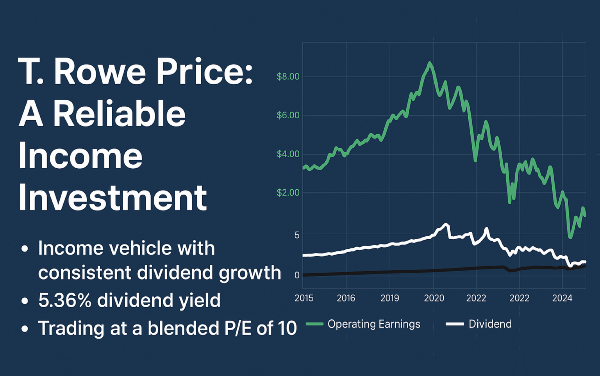
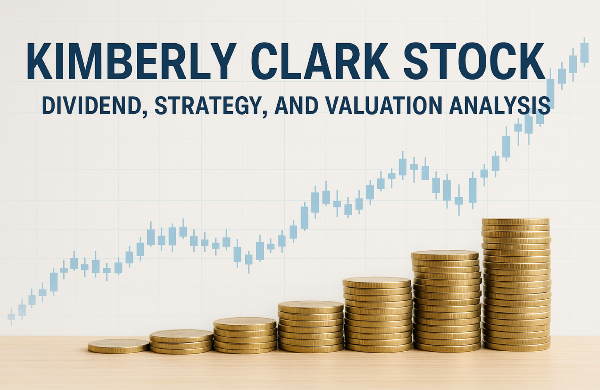

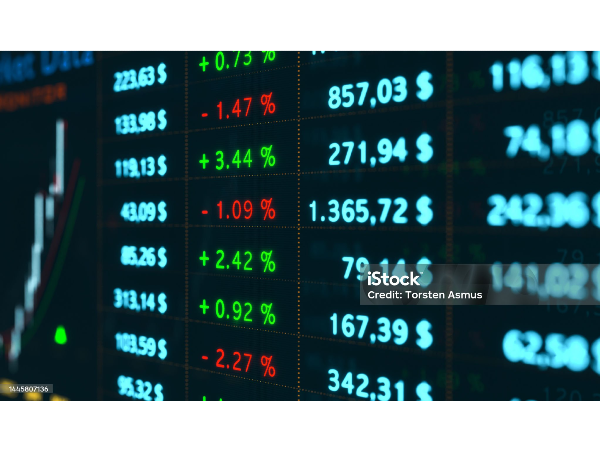


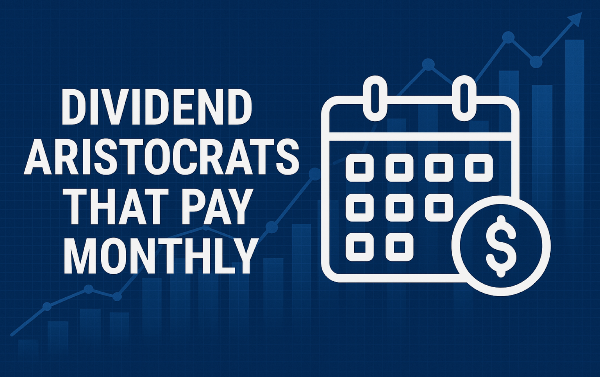
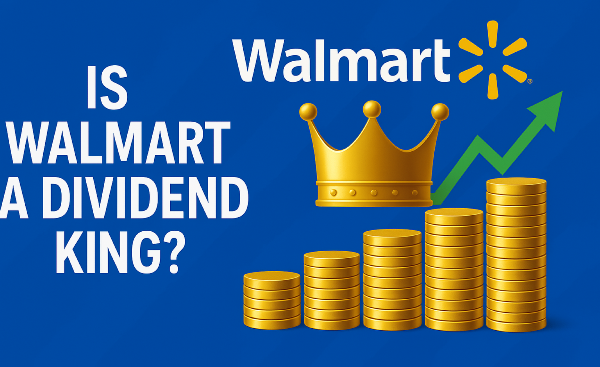

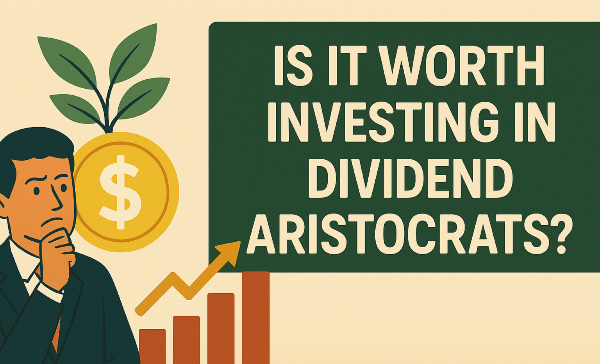
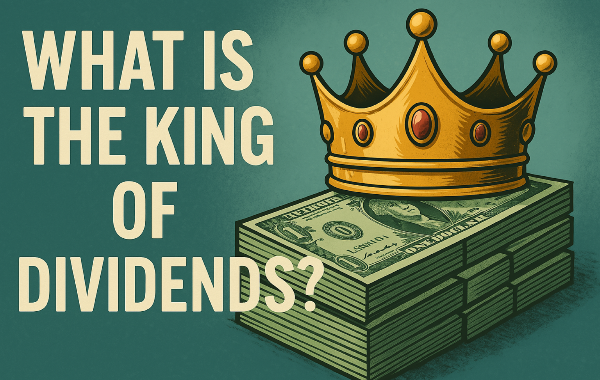
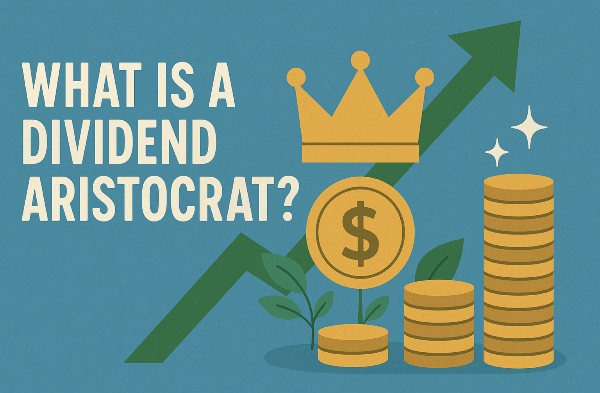
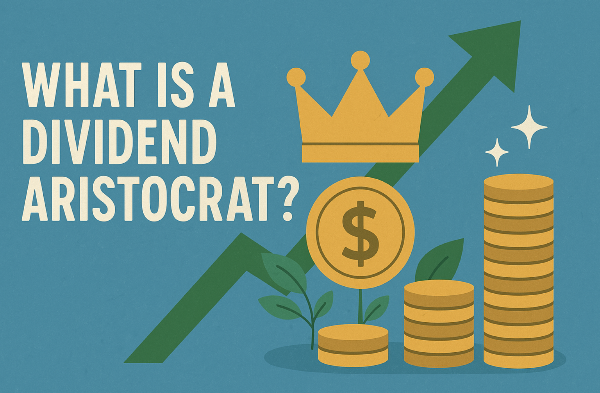
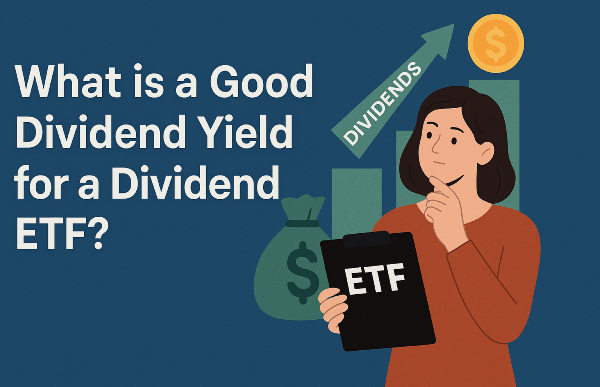
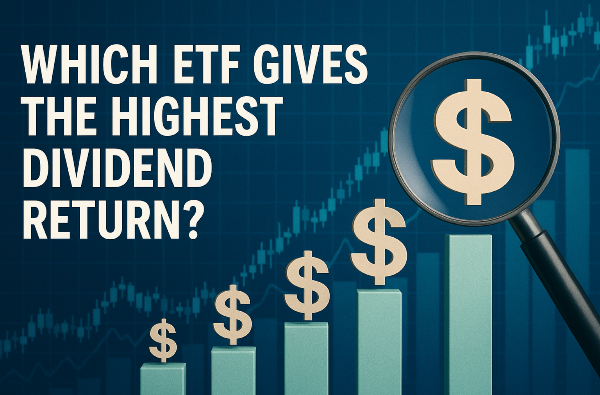


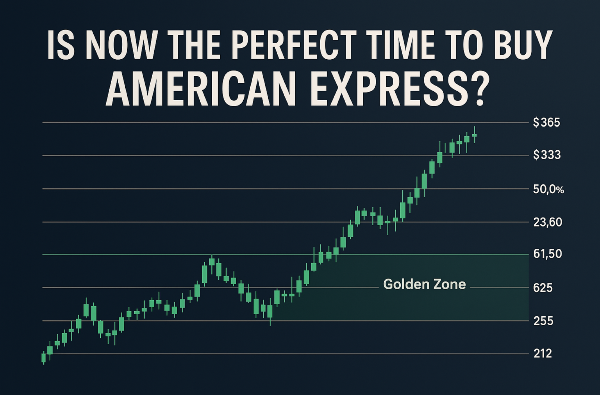








Understanding the Differences Between Mid-Cap and Large-Cap Investments
Introduction
Investors often weigh the benefits of mid-cap and large-cap stocks when constructing portfolios, as market capitalization plays a crucial role in shaping investment strategies. Mid-cap stocks offer higher growth potential but come with increased volatility, while large-cap stocks provide stability and consistent returns. Understanding the key factors influencing their performance, including economic conditions, sector trends, and institutional investment patterns, helps investors optimize their allocations for long-term success.
Characteristics of Mid-Cap Stocks
Mid-cap stocks offer significant growth potential and expansion opportunities, making them attractive to investors seeking higher returns. These companies typically have market capitalizations between $2 billion and $10 billion, positioning them between small-cap and large-cap stocks. Mid-cap firms often experience rapid revenue growth as they expand market share and develop new products. Businesses such as CrowdStrike CRWD and Roku ROKU exemplify this trend, leveraging innovation and strategic acquisitions to strengthen their competitive positions.
Market volatility and risk factors are inherent in mid-cap stocks due to their evolving business models and industry dynamics. These stocks tend to be more volatile than large-cap equities, as they are still establishing stability in their respective markets. Economic downturns and sector-specific disruptions can impact mid-cap stock valuations, requiring investors to assess financial health and growth prospects carefully. Historical performance trends indicate that mid-cap stocks have outperformed large-cap stocks during periods of economic expansion. Their ability to adapt to market shifts and capitalize on growth opportunities contributes to their strong returns. Mid-cap indices, such as the S&P MidCap 400, have demonstrated resilience and long-term appreciation, reinforcing their appeal for investors seeking diversification.
Sources:
Finance Strategists
Accounting Insights
Forbes
Characteristics of Large-Cap Stocks
Large-cap stocks are recognized for their stability and financial strength, making them a cornerstone of diversified investment portfolios. The companies’ ability to generate steady earnings allows them to reinvest in growth while maintaining financial resilience. Businesses such as Microsoft MSFT and Johnson & Johnson JNJ exemplify this stability, leveraging their market leadership to sustain long-term profitability. Dividend payouts and shareholder value creation are key attributes of large-cap stocks. Many of these companies prioritize returning capital to investors through regular dividend distributions, reinforcing confidence and financial security. Stocks such as Coca-Cola KO and JPMorgan Chase JPM have historically maintained strong dividend yields, making them attractive for income-focused investors.
Large-cap stocks exhibit defensive characteristics during economic downturns, providing stability when market conditions fluctuate. Their established market presence and strong financial health enable them to withstand recessions better than smaller companies. Investors often turn to large-cap stocks as a safeguard against volatility, relying on disciplined stock selection and risk management principles. Companies in sectors such as healthcare, consumer staples, and finance have historically demonstrated strong defensive traits.
Sources:
SmartAsset
MarketBeat
Finance Strategists
Investment Strategies for Mid-Cap and Large-Cap Stocks
Portfolio allocation techniques play a crucial role in balancing mid-cap and large-cap investments. Investors often diversify their portfolios by allocating capital across both categories to optimize returns while managing risk. Mid-cap stocks offer higher growth potential, while large-cap stocks provide stability and consistent earnings. A well-structured portfolio may include companies such as CrowdStrike CRWD for mid-cap exposure and Microsoft MSFT for large-cap stability, ensuring a balanced approach to market fluctuations.
Balancing risk and reward in mid-cap vs. large-cap investments requires careful analysis of market conditions and financial metrics. Mid-cap stocks tend to perform well during economic expansions, offering rapid growth opportunities, while large-cap stocks thrive in stable environments, providing defensive characteristics. Investors should assess factors such as price-to-earnings (P/E) ratios, revenue growth rates, and dividend yields before making allocation decisions. Companies like Roku ROKU and JPMorgan Chase JPM exemplify contrasting investment approaches. Expert insights emphasize the importance of maintaining a diversified portfolio that integrates both mid-cap and large-cap stocks. While mid-cap stocks may offer higher returns, they come with increased volatility, requiring strategic risk management. Large-cap stocks provide steady income and lower price fluctuations, making them ideal for conservative investors.
Sources:
Money Under 30
Investopedia
VanEck
Market Trends and Performance Comparison
Historical performance data highlights the shifting dynamics between mid-cap and large-cap stocks. Over the past decade, large-cap stocks have generally outperformed mid-caps, benefiting from institutional investment flows and economic stability. However, mid-cap stocks have historically delivered stronger returns over longer periods, particularly in expansionary market cycles. The S&P MidCap 400 has demonstrated resilience, outperforming large-cap indices over 20- and 30-year horizons. Economic conditions play a crucial role in shaping investment preferences between mid-cap and large-cap stocks. Interest rate policies, inflation trends, and GDP growth influence investor allocations. Large-cap stocks tend to perform well in low-volatility environments, while mid-caps thrive during periods of economic expansion.
Sector-specific trends and institutional investment patterns further differentiate mid-cap and large-cap stocks. Technology and consumer discretionary sectors typically dominate mid-cap investing, while financials and consumer staples are more aligned with large-cap strategies. Institutional investors often rotate between these categories based on economic cycles, favoring mid-caps during growth phases and shifting to large-caps in uncertain times. Companies such as PayPal Holdings PYPL exemplify mid-cap growth potential, while JPMorgan Chase JPM represents large-cap stability.
Sources:
Investopedia
FasterCapital
Longtermtrends
Future Outlook and Predictions
Mid-cap and large-cap stocks are expected to follow distinct trajectories based on market conditions and investor sentiment. Analysts predict that mid-cap stocks may gain traction as economic uncertainty persists, with investors seeking undervalued opportunities and growth potential. Conversely, large-cap stocks could continue to dominate in sectors driven by institutional investment and defensive positioning. Emerging market forces are shaping investment strategies, influencing the performance of mid-cap and large-cap stocks. Technological advancements, regulatory shifts, and evolving consumer preferences are driving changes in market dynamics.
Companies focused on AI, fintech, and sustainable energy are disrupting traditional industries, creating new opportunities for mid-cap investors. Economic indicators play a crucial role in determining the future of mid-cap and large-cap investing. Inflation trends, interest rate policies, and global trade agreements impact stock valuations and investor allocations. The Federal Reserve’s monetary decisions will influence borrowing costs, affecting corporate profitability and stock performance.
Sources:
Hennessy Predicts 2025 Will Be Good Year For Mid-Cap Stocks
Three reasons why it may be a mid-cap sweet spot
Beyond the Giants: Exploring the Potential of Small- and Mid-Cap Stocks
Conclusion
Mid-cap and large-cap stocks each offer unique advantages, catering to different investment strategies and risk profiles. Mid-cap stocks provide higher growth potential but come with increased volatility, while large-cap stocks offer stability, financial strength, and consistent returns. Investors must assess economic conditions, sector trends, and financial metrics to optimize portfolio allocations. A diversified approach incorporating both mid-cap and large-cap stocks can enhance long-term returns while mitigating risk.
Expert Analysis
Strategic Insights on Mid-Cap vs. Large-Cap Investing
Mid-cap stocks offer higher growth potential but come with increased volatility, making them ideal for investors willing to take calculated risks. Large-cap stocks provide stability and consistent returns, making them a preferred choice for conservative investors. A diversified portfolio incorporating both strategies can optimize long-term gains while mitigating risk exposure. Investors should assess market trends and economic indicators to refine their investment approach.
📌Read More About:
Top Large Cap Stocks- https://stockbossup.com/pages/topics/large-cap
What Are Large US Cap Stocks?- https://stockbossup.com/pages/post/39045/understanding-large-us-cap-stocks-and-their-market-influence
What Percentage of the Market is Large Cap?- https://stockbossup.com/pages/post/39124/what-percentage-of-the-stock-market-is-large-cap-market-breakdown-and-investment-insights
Should I Invest in Large Cap or Mid Cap?- https://www.stockbossup.com/pages/post/38827/large-cap-vs-mid-cap-stocks-which-is-the-better-investment